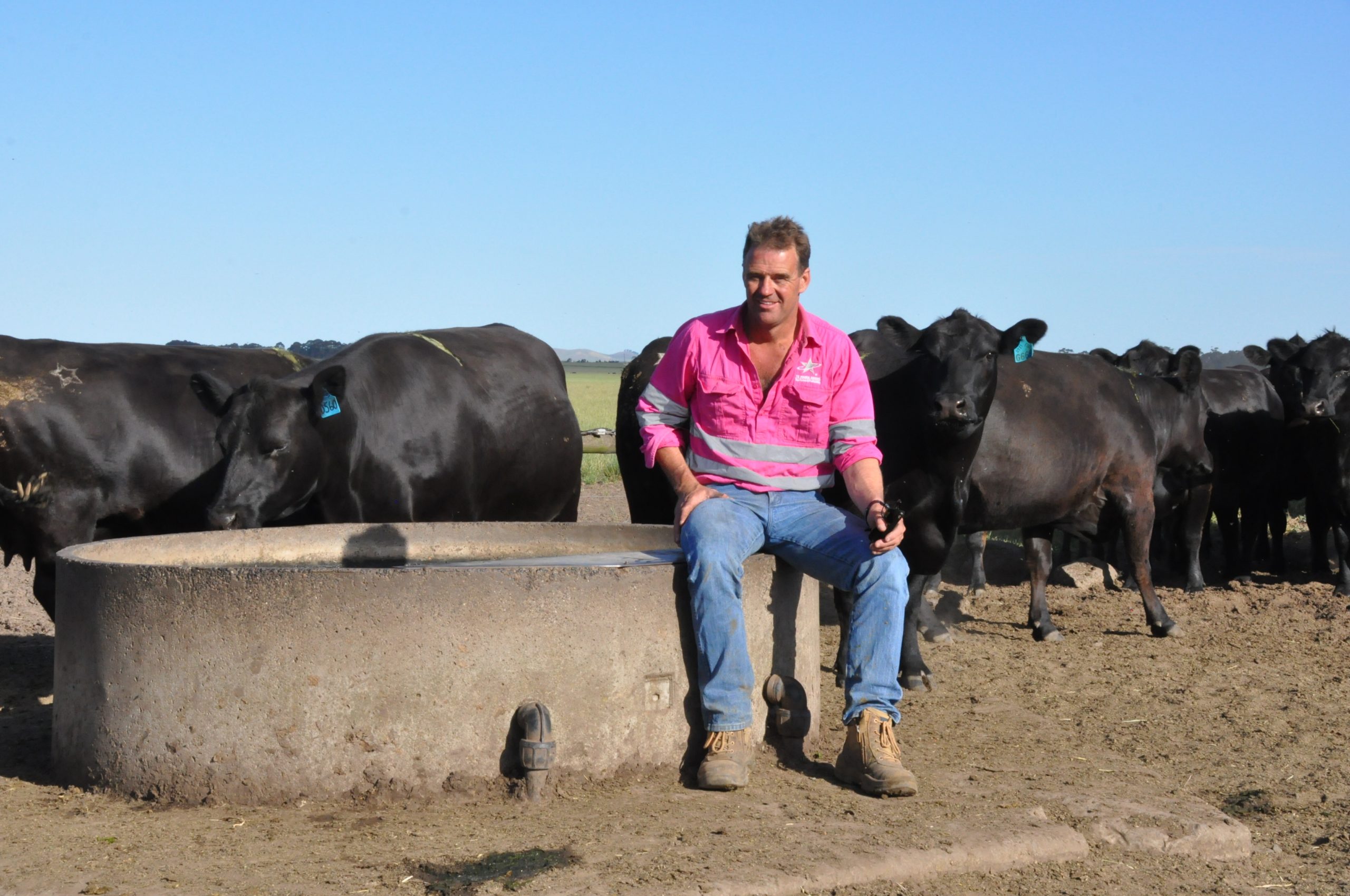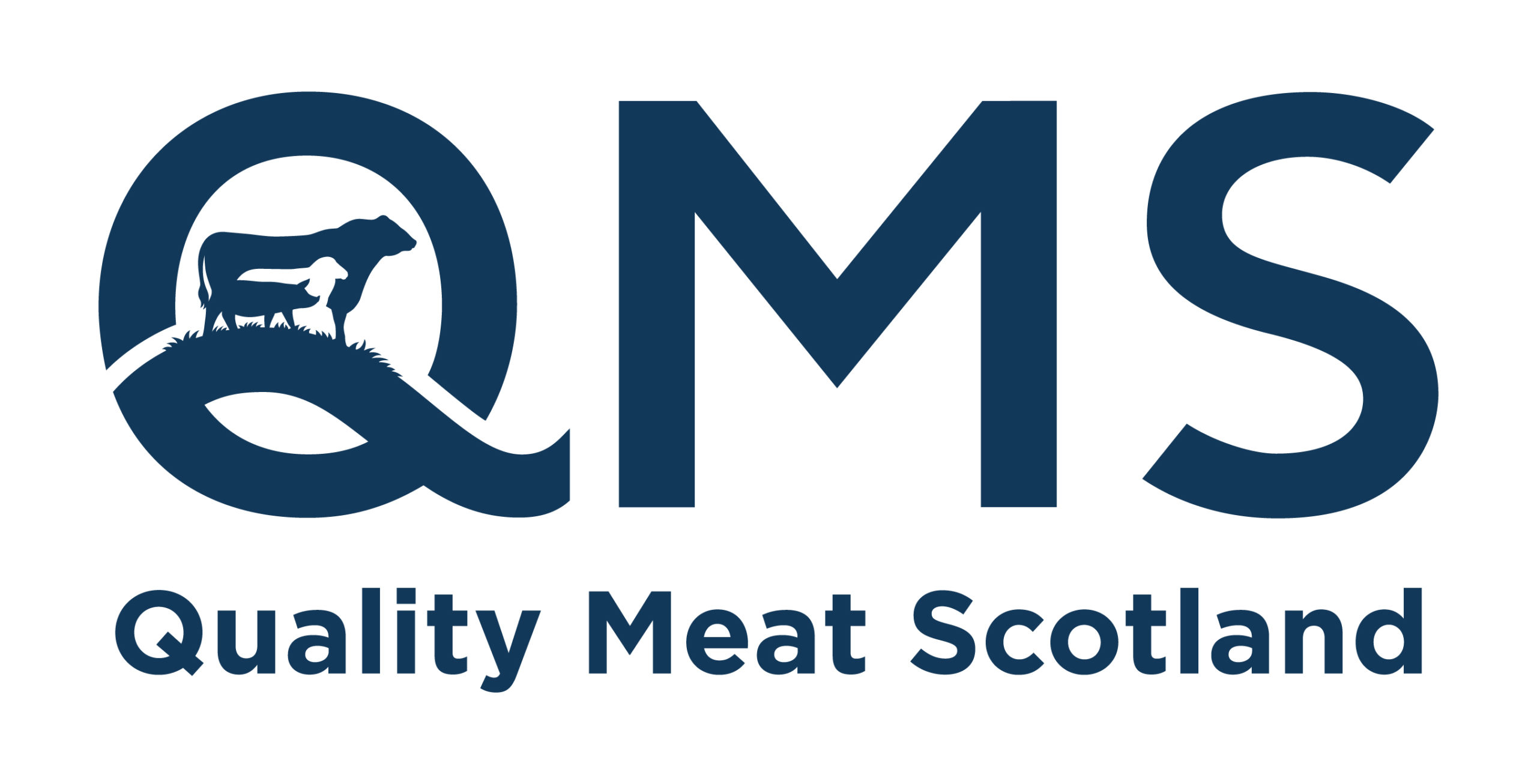“We know that there are certain traits in cattle that affect profitability but it’s not just a matter of breeding highly productive animals,” says Tom Gubbins, Director of world-class seedstock and breeding data business, Te Mania Angus, based in New South Wales, Australia. “We need to identify what drives the economics of the market we are targeting and how to fit that into the animals and the environment they are in.”
Tom and his family have been focusing on genetic improvement since 1928 in their Te Mania Angus herd, which originated in New Zealand. They have 1800 females and bulls over 2700 hectares in Malt Lake, and, as well as an annual bull sale, they lease bulls as part of the Team Te Mania Progeny Test Program, which now has 45 herds across South Australia, Victoria and NSW.
In the third podcast in QMS’ international tour, Tom explains how Te Mania Angus uses a mix of genotypic and phenotypic (physical) observation to improve breeding to meet market requirements, working with producers, processors, researchers and technologists in Australia and beyond.
“We’ve identified 25 traits that have economic importance, from the more obvious growth rate and fertility to foot structure and eye muscle area,” he says. “By using the data, you can modify animals to what’s important to your market, capitalising on the benefits and suppressing the negatives to boost the profitability of your business.”
Highlighting the challenges and assets of beef farming in Scotland in comparison to Australia, Tom also recognises the need to respond to the growing environmental lobby. Te Mania’s cloud-based data collection and innovative software, developed in conjunction with the industry, allows for easy traceability and proven provenance which is becoming increasingly important to demonstrate environmental credentials:
“Provenance is a big thing for us in Australia too, for restaurants and consumers, but in particular now for the genotypic data on Greenhouse Gases, and how it correlates with net feed intake. European and US shareholders in the big corporate farms are increasingly interested in investing in companies that are caring for the environment and that is more and more important in our decision-making. We need to address the perception of GHGs as an industry to give us social licence.”
At first glance, when you look at the amount of gas that comes out of an animal and compare it to our global problem, it looks bad, he says:
“But many things are not taken into consideration. The carbon cycle of a cow is around 12 years, whereas the cycle of the carbon that comes from the exhaust of a car is 300 million years. Ruminants are also fundamentally fantastic at converting food that is not fit for human consumption into a high-quality protein that humans can eat safely. I think we’re going to learn a lot about the role of the ruminants in feeding the human population in the next 50 years.”
The Te Mania Angus philosophy is to breed sound, highly fertile cattle with calving ease, high growth rates and exceptional carcase quality. With his own herd, the main focus for Tom is long-fed, high marbling carcases for restaurant beef, which he sells to some of the best restaurants in Asia.
Bruce McConachie, Head of Industry Development with QMS, commented:
“The point of this international podcast tour is to hear how other people around the world do what we do, and what we can learn from it. While the scale of what Tom is doing in Australia is very different, farmers across Scotland will be able to identify with his mission to breed beef cattle that make the most of their genetics and environment to meet market specifications.”
The podcast series is available through Apple Podcast, Buzzsprout, and Spotify, as well as via the Quality Meat Scotland website and social channels.

